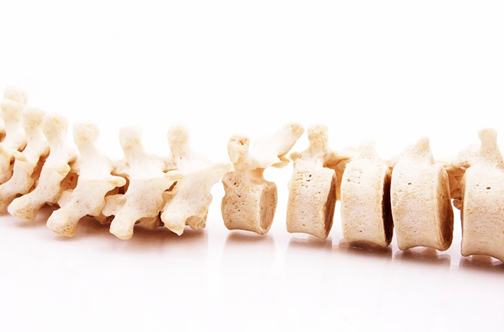
Researchers from the Advanced Gene and Cell Therapy Lab at Royal Holloway, University of London, have made a discovery that may tell us more about the causes of muscular dystrophy. The researchers used stem cell techniques to discover why certain cells are more likely to degenerate into spinal muscular atrophy than others.
Spinal muscular dystrophy is a hereditary disease which can kill children while in infancy. It affects the part of the nervous system that controls voluntary muscle movement. The nerve cells in the spine do not send signals correctly to the muscles, causing the muscles to atrophy.
The research team used ‘reprogrammed’ Induced Pluripotent Stem Cells (iPSCs) to form motor neurones. Motor neurones are cells from the spinal cord that control breathing and movement. They discovered that when the cells differentiated, two proteins changed in a significant way within the motor neurone. This new stem cell research may explain why motor neurones are susceptible to degeneration from the disease.
Lead research, Dr Rafael Yáñez, said: “We have observed a progressive reduction of SMN and PLS3 proteins during differentiation of induced pluripotent stem cells to motor neurones, similar to some reports in animals and some controversial data from human development. These changes may underpin the susceptibility of motor neurones to spinal muscular atrophy”
Researchers will now investigate what causes the proteins to change and develop therapies that may cure spinal muscular atrophy. Researchers also pointed out that these findings came about without the need for animal testing. The induced pluripotent stem cells were cultured in a laboratory and all findings came from studying cells in laboratory dishes — an important step forward for new stem cell research.
From: New stem cell research uncovers causes of spinal muscular atrophy
{{cta(‘3fe0aac7-7562-46dc-b8b9-c706d9cfd6b1’)}}
{{cta(‘fec594e9-5433-4350-9180-2bdd371eb399’)}}


